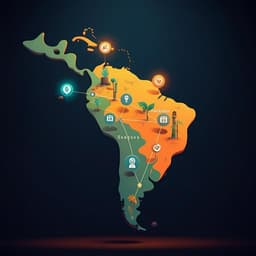
Environmental Studies and Forestry
Trade-offs between multifunctionality and profit in tropical smallholder landscapes
I. Grass, C. Kubitza, et al.
This interdisciplinary study reveals the stark biodiversity-profit trade-offs faced by smallholder farmers in a tropical landscape on Sumatra, Indonesia. As land-use transitions from forests and agroforestry to rubber and oil palm monocultures, significant ecosystem multifunctionality declines. Conducted by a diverse team of experts, this research highlights the urgent need for better economic incentive structures to protect biodiversity and ecosystem health.
Playback language: English
Related Publications
Explore these studies to deepen your understanding of the subject.







